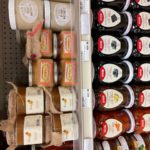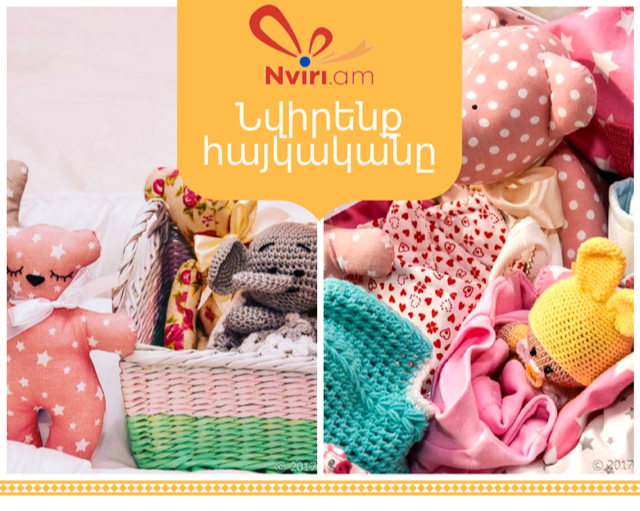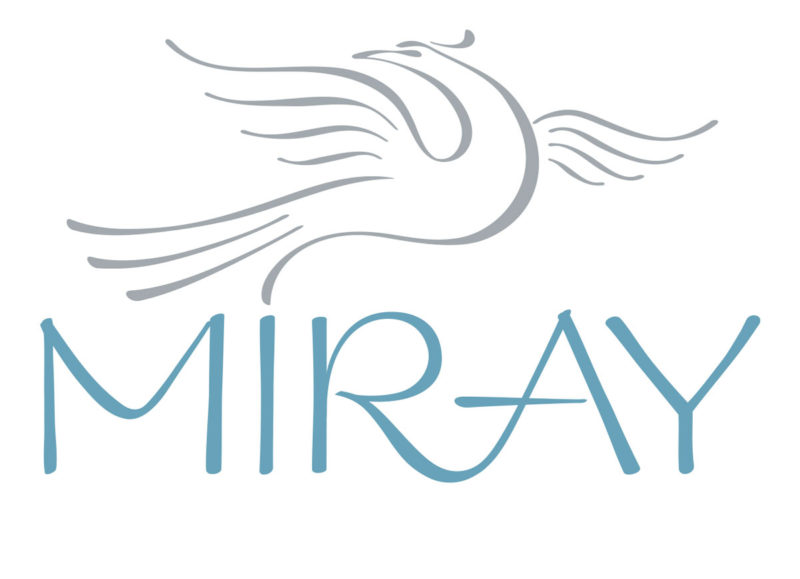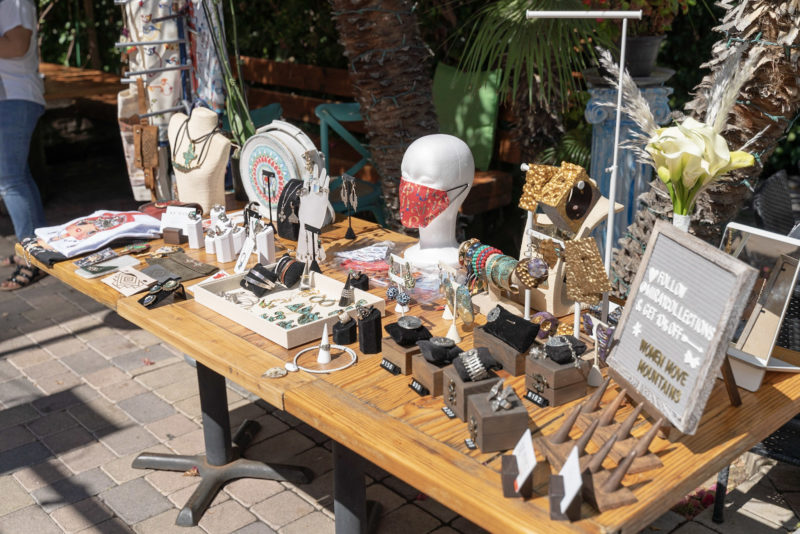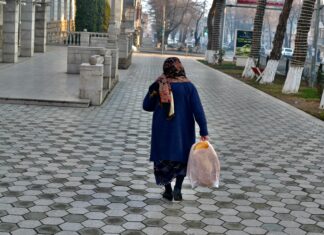LOS ANGELES – “Made in Armenia” became the most anticipated and trendy phrase on price tags which Armenians in Southern California and elsewhere in the diaspora sought out on wine, food, cloths, handmade items and many other products during the last three months. Everything started with the war in Artsakh on September 27, when Armenians all over the world started to reject Turkish products and look for anything originating in Armenia, especially items which tasted and looked Armenian.
The “Buy Armenian” movement grew bigger and bigger every day. In the first week, the number of followers reached 1000. With the increase in the numbers of users, the founders adopted a new goal. It became a mission to present everything Armenian made anywhere in the world, from Armenia to Europe, the Middle East, North America and Australia. This brought in new members, new creators and entrepreneurs, online stores, artists and cooks. After only 1 ½ months, the page had 28,000 followers.
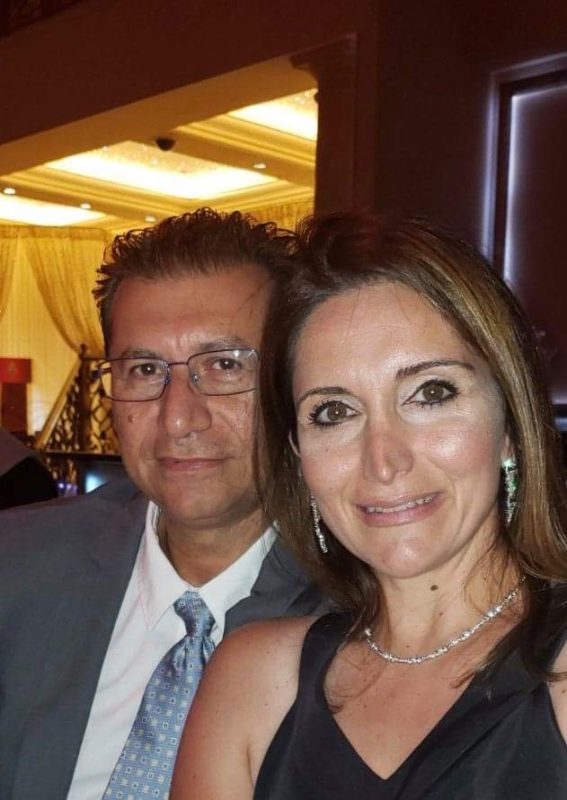
“We are a non-partisan group. We don’t allow any partisan politics in ‘Buy Armenian.’ For us it’s only Armenia and Armenians. But also we closely monitor users’ posts when they are creating a commotion and remove them,” Nishan Odabashian, Lilit’s husband who helps her with the project, says as he joins the conversation. He gives as an example a certain brand of a cheese.
“Every day 10-15 posts discussed the origin of it, whether it’s Turkish or Armenian. We believe that there is no time to waste right now. We have to unite our efforts to accomplish big things,” Lilit said. She states her goals clearly. The discussions over the origins of a product often created targeted movements in social media and expanded into real-life conflicts for local grocery stores. Several stores were forced to discard all Turkish items despite the loss of money involved.
Anton Oganesyan’s family has owned Old Fashion Deli in Glendale, CA for over 25 years. Anton voluntarily refused to sell anything Turkish from July of 2020, when clashes with Azerbaijan took place in Tavush, Armenia. When the Buy Armenian movement started, his sales went up 30 percent. “They are still coming and checking to see if we are selling Turkish products. I imported whatever customers wanted, but never even advertised or promoted this,” says Anton about his Turkish goods. He now works with over 15 distributors from Armenia, selling mostly juices, jams, preserves, tomato pastes, teas and other goods from his homeland. Old Fashion Deli would be an appropriate business for webpage that the Odabashian family is creating to present all Armenian producers worldwide to buyers.
“When you have everything in one place, that makes it so much easier to shop. Instead of finding a sujukh maker in one village and order from him, you can go to the website and order everything in one place,” Nishan says as he talks about their future plans. Centralizing goods and services will contribute to the ultimate goal of creating an Armenian worldwide market. This is only one of the long-term goals of Odabashian family.




